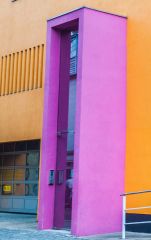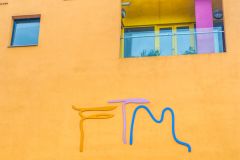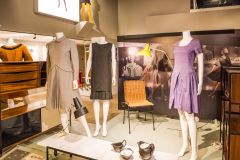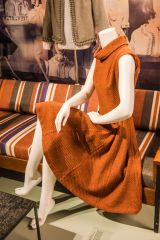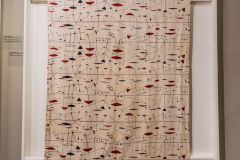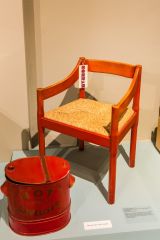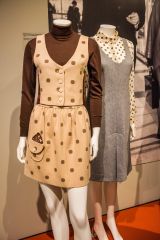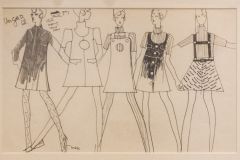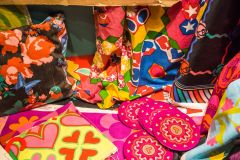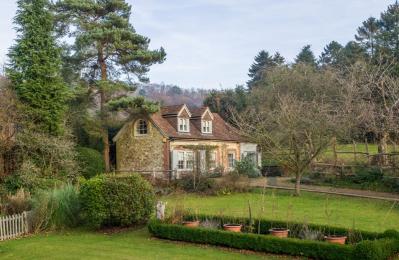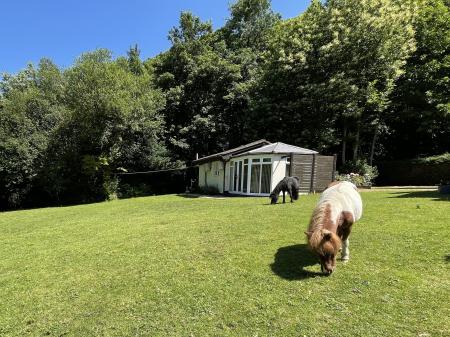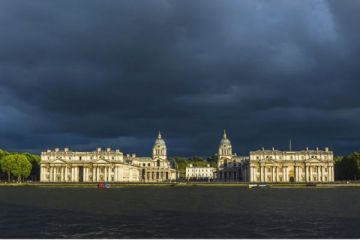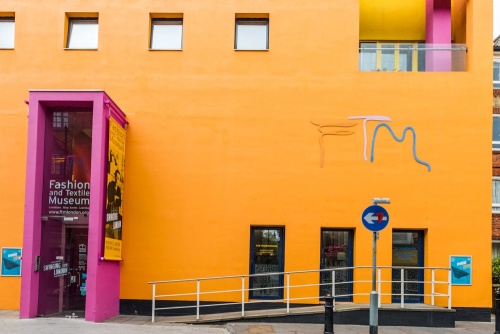
What to See
Unlike a traditional museum, the FTM does not have a permanent collection but instead offers a schedule of temporary exhibits covering textiles, jewellery, and fashion.
Previous exhibits have covered themes such as Swedish fashion, the evolution of underwear, Pop culture and fashion, Post-war British textiles, vintage handkerchiefs, Bohemian chic fashion by Thea Porter, resort swimwear since 1900, and 150 years of English decoration. As you can see, the themes are eclectic and sometimes surprising.
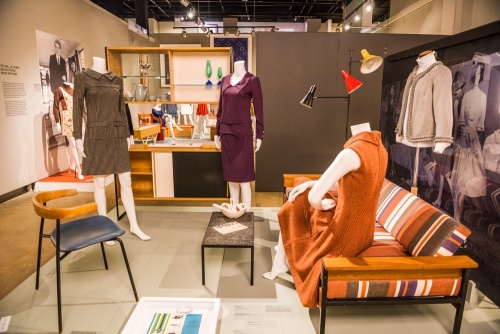
Though British fashion and textile art get a major share of attention, there are exhibits covering foreign influences as well. In addition to the exhibitions, the FTM offers an ongoing programme of courses for creative students and businesses. Its aim is not just to showcase outstanding cutting-edge fashion, but to inspire a new generation of creative talent to take the design of textiles, jewellery, and fashion to its next stage.
The museum was the brainchild of designer Dame Zandra Rhodes, whose outrageous fashions made her exceptionally popular in the punk era. She designed for Princess Diana of Wales, and for Freddie Mercury and Brian May of the rock group Queen. The museum is now operated by Newnham University.
As an example of what to expect, on our last visit the museum featured an exhibit on London in the Swinging Sixties, with a focus on the influence of Sir Terence Conran, the founder of the Habitat chain of shops, and Mary Quant, known for popularising the mini-skirt.
There were numerous examples of women's fashion designed by Quant, along with textile hangings, fabric prints, posters, fashion accessories, films taken during the 60s, and sketches showing the design process. Many of Mary Quant's fashions were shown on mannequins arranged in room settings of furniture by Terence Conran.
As well as the main exhibit there were side galleries featuring the work of designers whose work complemented the major focus of the exhibit.
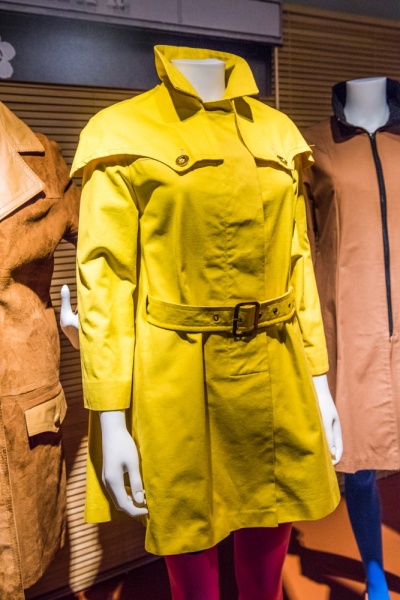
The Building
It is perhaps not surprising that the museum building draws as many visitors as the exhibits themselves. The eye-catching building was designed by Mexican architect Ricardo Legorreta, who converted a warehouse into a combination of exhibition areas, a printing workshop, textile studio, and private flats.
Legorreta's use of over-the-top colours has turned more than one head of passers-by. The building decoration scheme includes burnt orange, yellow, bright blue, and hot pink in a dramatic way that certainly gets your attention! The museum building is the only building in Europe designed by Legorreta.
There is an admission charge for entrance to the museum, though the cafe and shop are free - and of course, you can simply admire the astonishing museum exterior for free! School groups are welcome.
We thoroughly enjoyed visiting the Fashion and Textile Museum. I felt inspired by the exhibits and keen to try using some of the design ideas I discovered on my own projects.
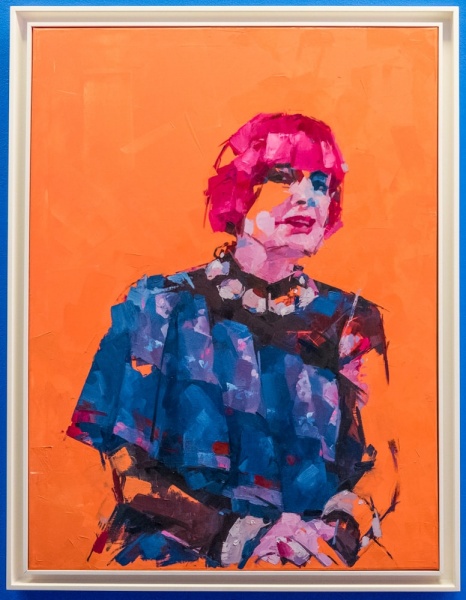
Getting There
The museum is easy to reach from London Bridge tube and rail station. Use the Tooley Street exit, turn right on Tooley Street, then right again on Bermondsey Street. The museum will come into view ahead on the opposite (east) side of the street. It is no more than a 5 minute walk from the station.
